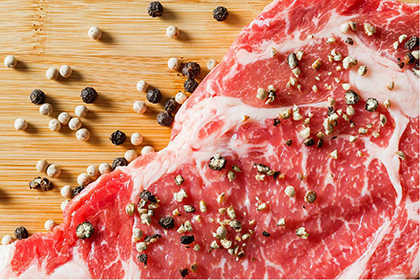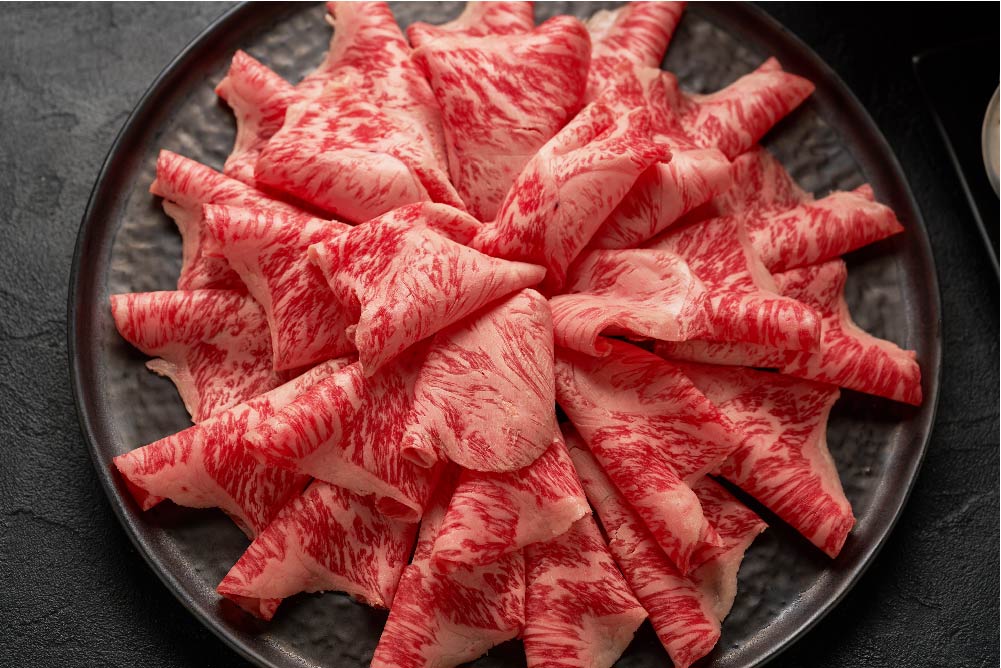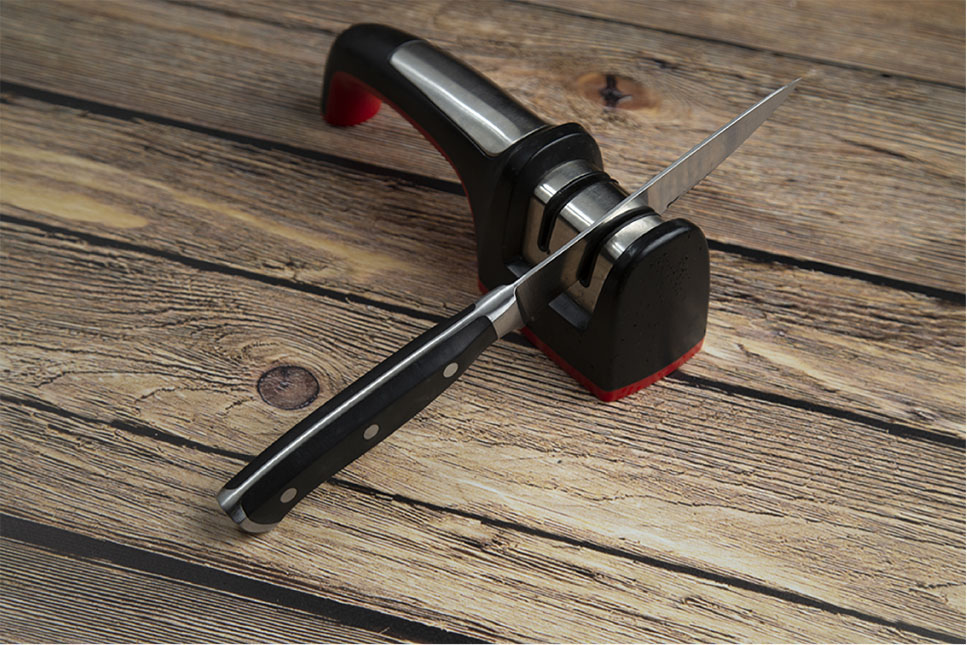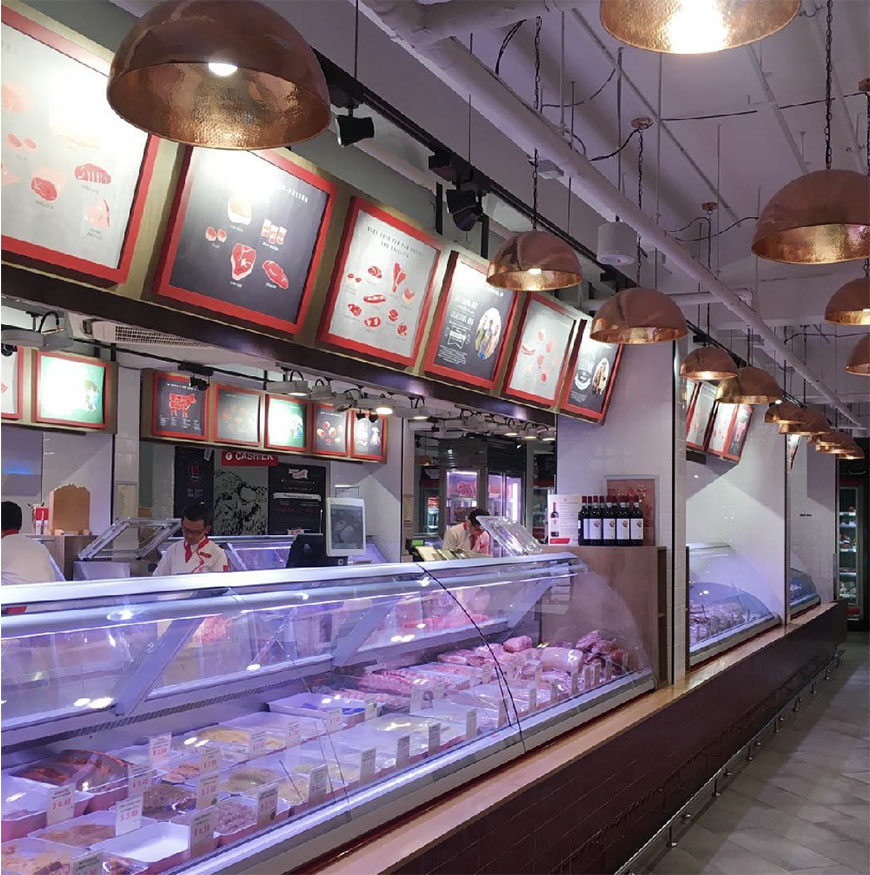How To Cut Your Meat
Handy tips on how to slice beef and lamb at home
Slicing or cutting a piece of meat the right way is vital to its tenderness and to the resultant dish. You might have read in meat-centric recipes that meat should always be sliced against the grain. You may have also wondered what the ‘grain’ means and why is it important to slice against it?
American celebrity chef and food writer J. Kenji López-Alt says “All meat—beef, chicken, human, whatever—has a grain to it; It's the direction that the major muscle fibres run in”, it is essential to angle your knife in relation to this grain and cut in the direction against the fibres.
Everything you should know about the ‘grain’

Observe the piece of meat before you, and notice the muscle fibres of the meat — the direction they run in, and slice perpendicular to them. Slicing against the grain can be done for both cooked and raw pieces of meat. This technique is especially important with tougher pieces of meat, like a skirt or flank steak, as the end result is tender meat that is easier to chew.
Adam Speering, Head Butcher of Ryan’s Grocery endorses this advice by saying, “cutting against the grain will sever the muscle fibres into much shorter strips that will break apart easier. Therefore, when cooked it will be more tender and easier to chew”.
Is thickness important?
Mastering the art of slicing against the grain is not only important for perfectly cooked steak (where the recommended thickness is usually 1.5 inches) but even to ensure perfectly thin slices for stir-frying and bulgogi and even for cubed cuts for quicker cooking.
Tips and tricks
We know the overall recommendation of slicing against the grain remains unchanged, but there are some handy tricks that can make the meat slicing experience a breeze.
- Freezing
Putting the meat you intend to slice into the freezer for 45-60 mins will bring it to a semi-frozen state, this makes it easier to cut as the water inside the meat freezes and crystallizes. Freezing is particularly handy for thinner slices and tricky cuts such as shabu-shabu.

- Essential Tools
According to Mr Speering or Ryan’s Butchery, “professional butchers have a proper set of knives to cut meat which is different to those commonly used at home. If you cut meat frequently it is best to invest in a good set of knives”. A good set of knives should include a cleaver, a boning knife and a set of chef’s. Another key tool is a knife sharpener — essential to ensure your prized knives remain in perfect slicing shape.

For more information on knives and other essential tools, have a look at this.
Do we really need to know how to cut meat?
The short answer to this question is, no.
If you have access to a good butchery such as Ryan’s Grocery and Huber’s Butchery, allow the experts to do the work for you. At Ryan’s Grocery, the professional butchers make the effort to understand what you intend to cook and customise the meat for you, leaving you to then fully concentrate on the proper cooking of the meat to your liking. Moreover, they do not need to use machines for slicing and cutting and are highly trained to cut perfect slices of meat to customers’ needs.

Learning to slice your own meat is a helpful skill to have in a home cook’s repertoire. Allowing you to be flexible with your plans on how to use a particular piece of meat. Andre Huber of Huber’s Butchery says that you can ask “the butcher to prepare the meat such that it is easier to know how to slice it thinly against the grain. Huber’s Butchers use their sound knowledge and experience when cutting and preparing meat”.
A list of butchers that sell Australian beef and lamb in a variety of cuts, can be found here.

Once you have your desired cut of red meat, these tips and techniques will definitely be helpful, and as with everything — practice makes perfect.

